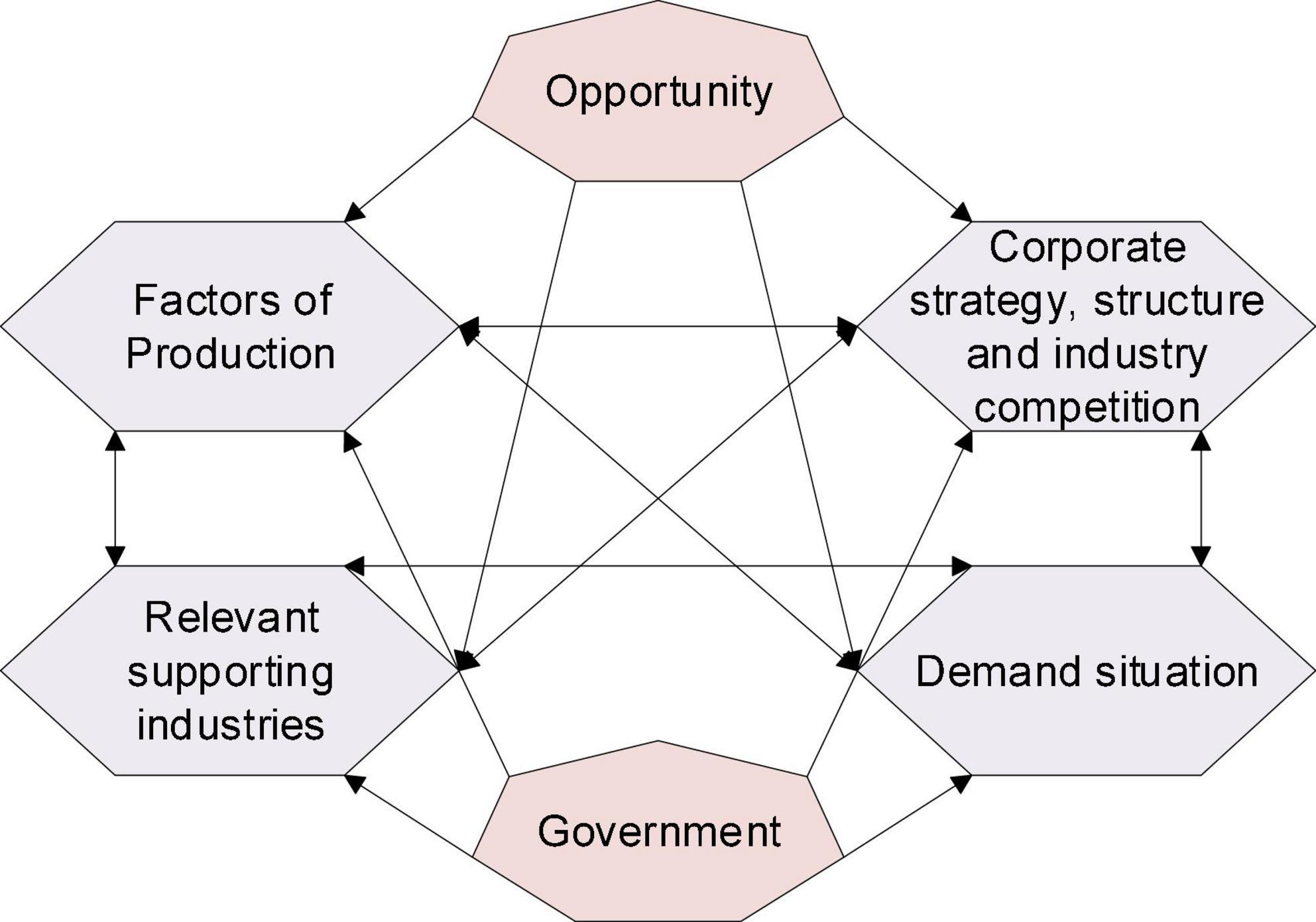In a time of algorithmic playlists, viral moments, and TV like interactive content, creativity seems like the system’s output rather than an expression of individuality. Theodor Adorno and Max Horkheimer’s (1944) Culture Industry hypothesis partly accounts for this. They claimed that under capitalism, culture is standardised and commodified art becomes an industrialised commodity to entertain and placate, not to challenge or offend. This process transforms cultural expression into an instrument of social control, all the while feigning choice but imposing conformity through insidious means. It is a theory which, in this era of media culture, appears more applicable than ever.

The Culture Industry theorizes that popular media operates more like a factory, producing formulaic, predictable fare intended to reaffirm dominant ideologies (Adorno and Horkheimer, 1944).
Platforms such as Netflix and Spotify follow the vision of Adorno and Horkheimer this is due to the fact that they create content to maximise interaction, not artistic value. The result is a loop of repetition in feedback which includes remakes, sequels, and hit pop music as this is what returns on what sells and profits rather than what innovates. Although such sites exist to democratise culture, they are more interested in trends based on data than real creativity, and they confirm Adorno’s ideology that cultural production under capitalism ends up as a social control function, not self expression.

Some critics, however, argue that Adorno and Horkheimer underestimated the work of audiences. Researchers such as Hall (1980) and Fiske (1989) point out that consumers are not mere recipients but interpret, resist, and reinterpret the media in innovative manners. Social media has collapsed the consumer producer distinction, enabling users to reinterpret and remix cultural texts. But even this seeming freedom is market rationality controlled . Sites commodify user creativity, so self expression is commodity material for sale. So while digital culture seems to be participatory it rather likes to embed the same commercial practices the Culture Industry critique gave form to years before.
References
Adorno, T. W. and Horkheimer, M. (1944) Dialectic of Enlightenment. New York: Herder and Herder.
Fiske, J. (1989) Understanding Popular Culture. London: Routledge.
Hall, S. (1980) ŌĆśEncoding/DecodingŌĆÖ, in Hall, S., Hobson, D., Lowe, A. and Willis, P. (eds.) Culture, Media, Language.


I really enjoyed reading your post, it connects Adorno and HorkheimerŌĆÖs culture industry theory to Netflix and Spotify in such a clear way. ItŌĆÖs so true that so much of what we watch or listen to now is shaped by algorithms rather than pure creativity. I liked how you mentioned that audiences still remix and reinterpret things online, because it shows that people arenŌĆÖt just passive consumers anymore. It also made me think about how even when we think weŌĆÖre choosing freely, weŌĆÖre still kind of guided by data and trends, which fits AdornoŌĆÖs idea of standardisation really well. Your post explained the theory in a way that felt smart but still really easy to follow, I honestly enjoyed it.